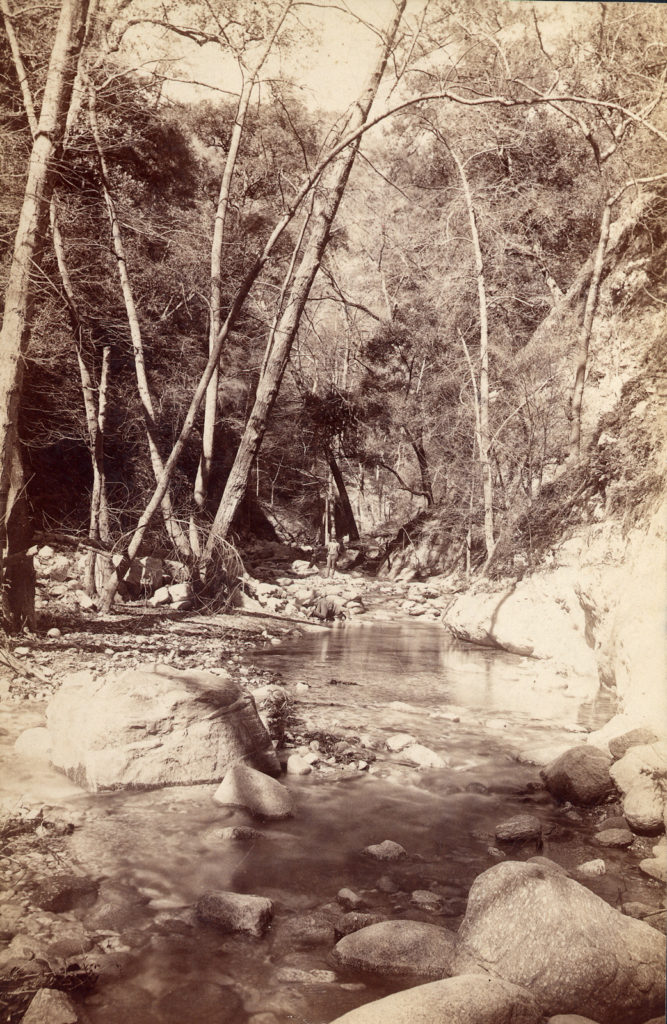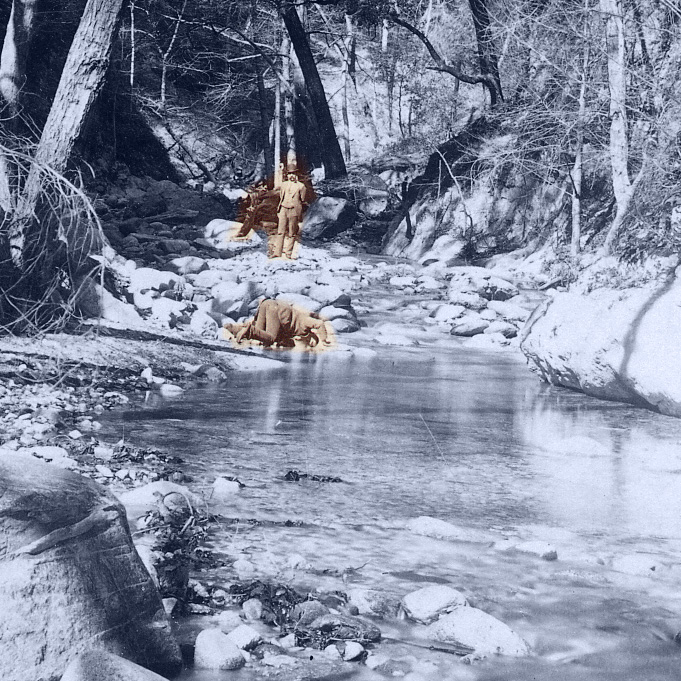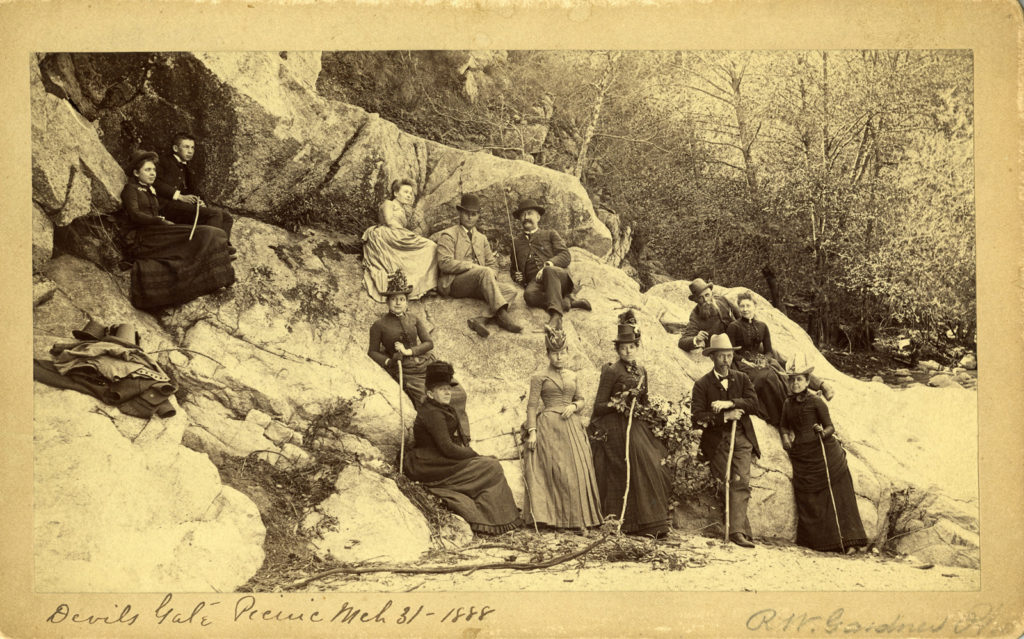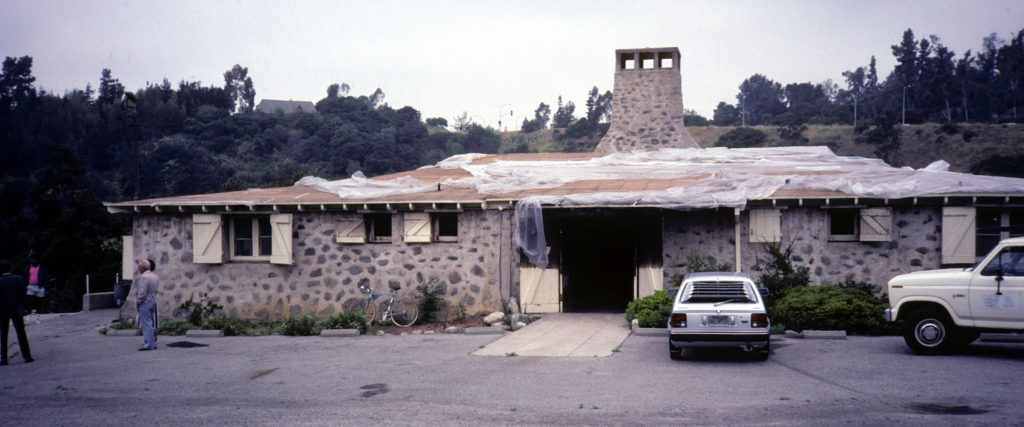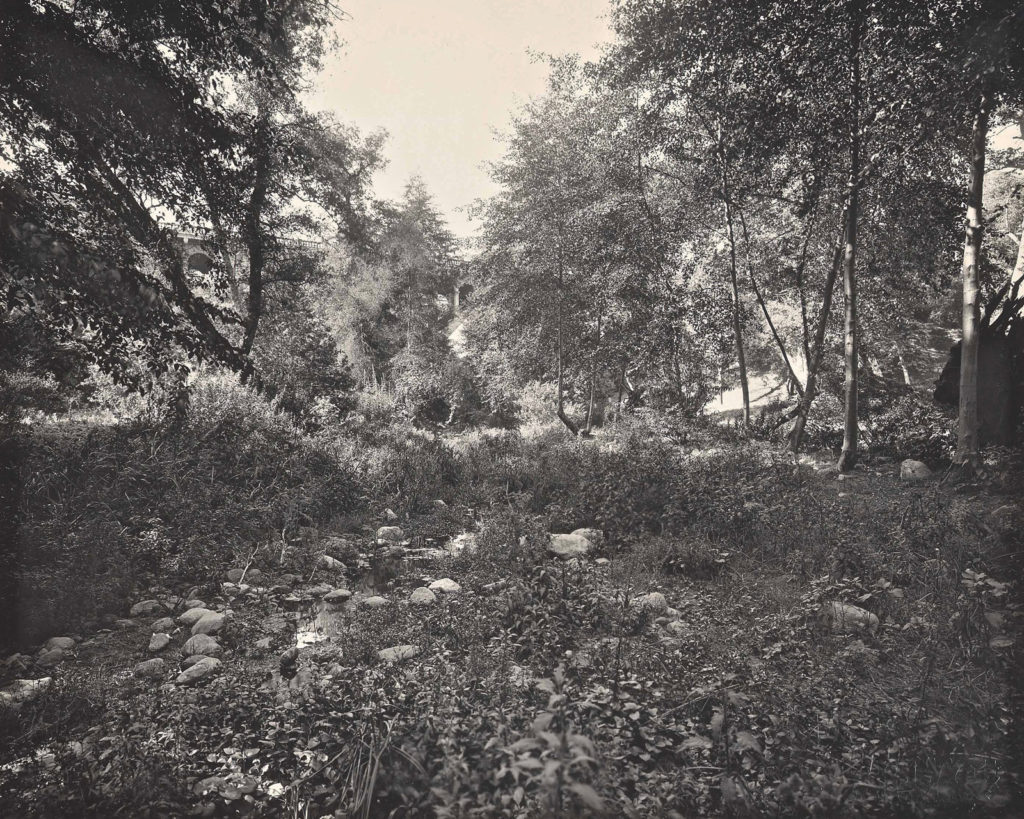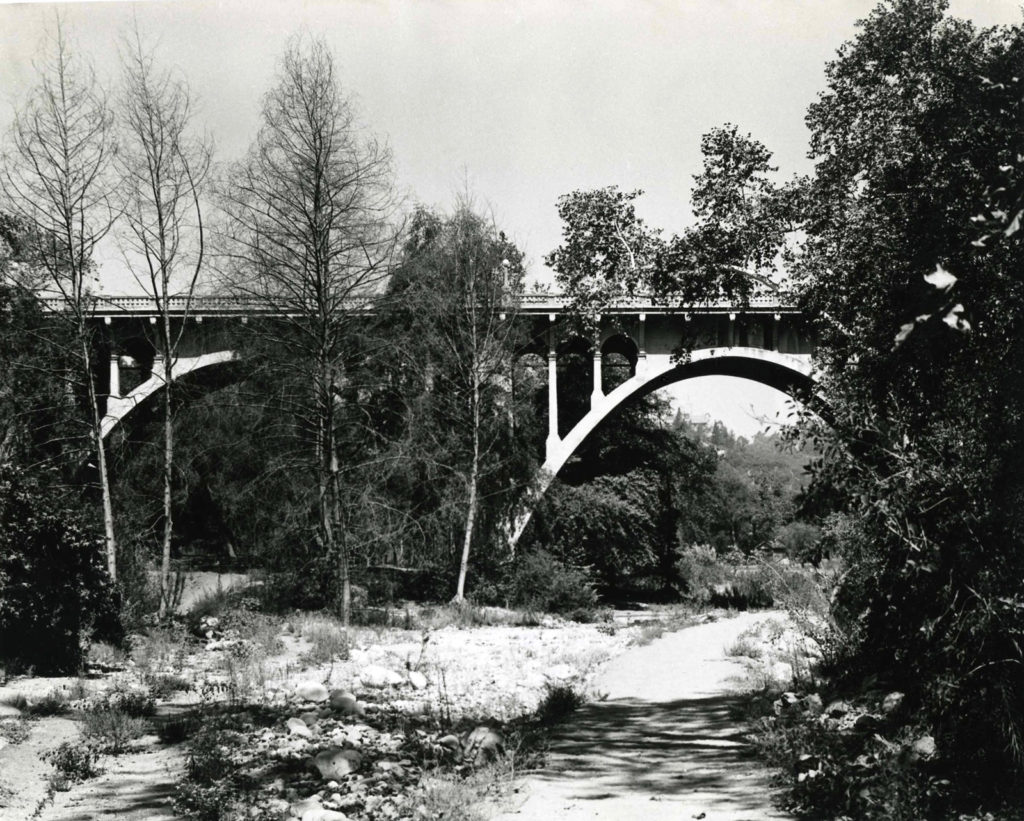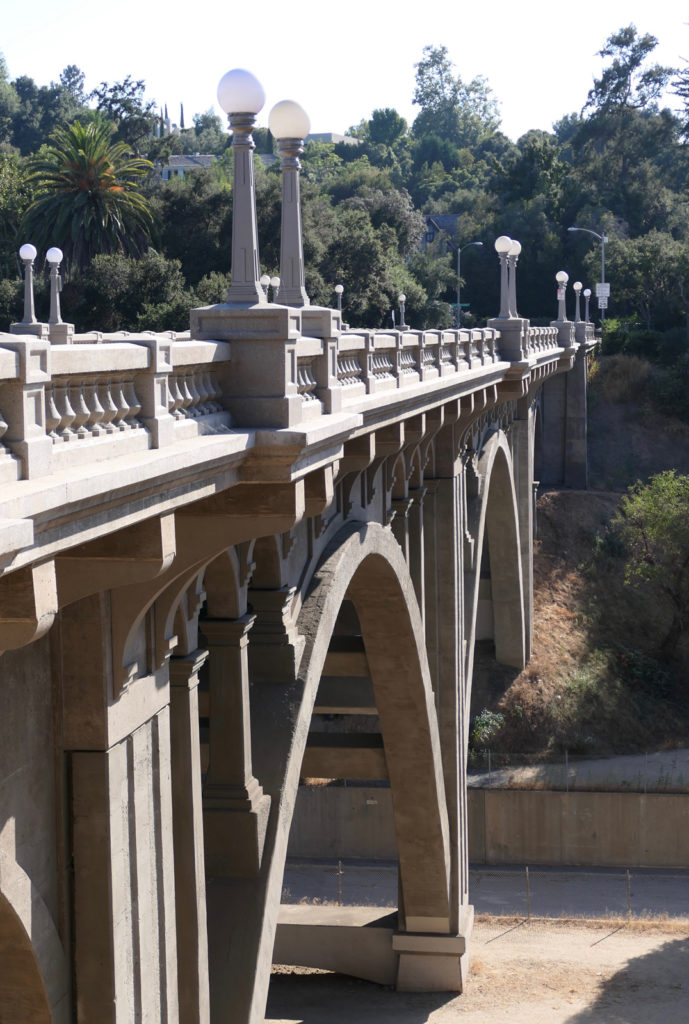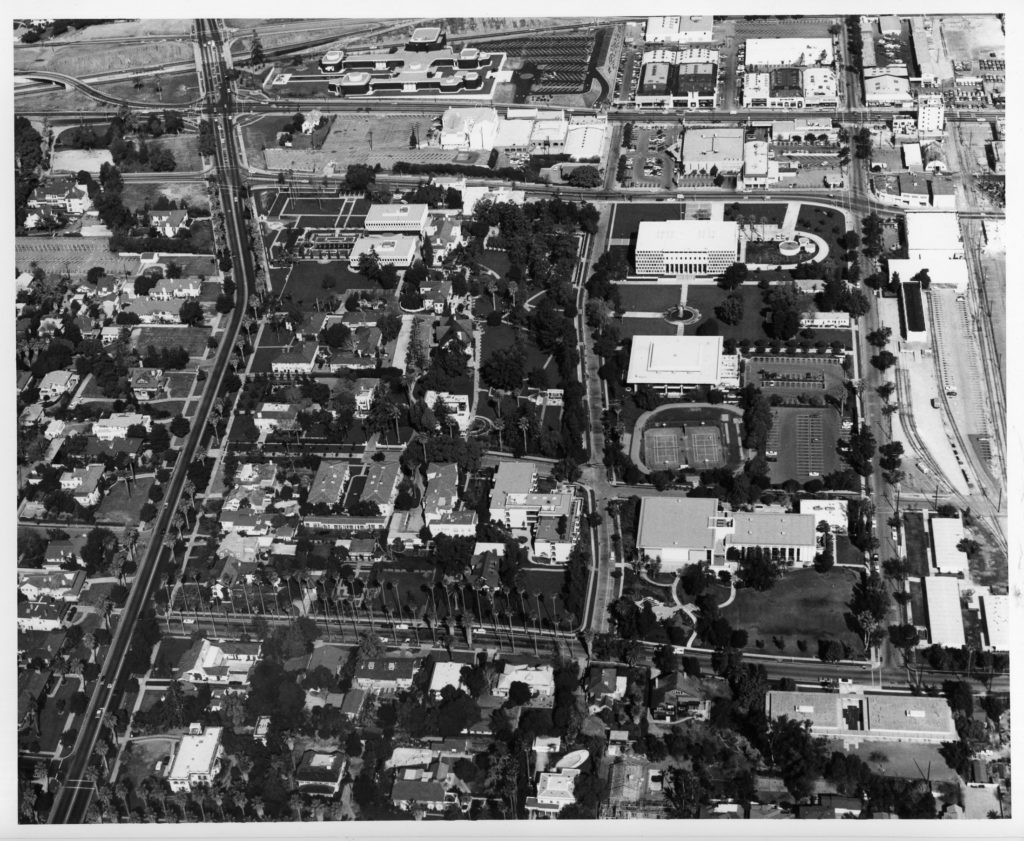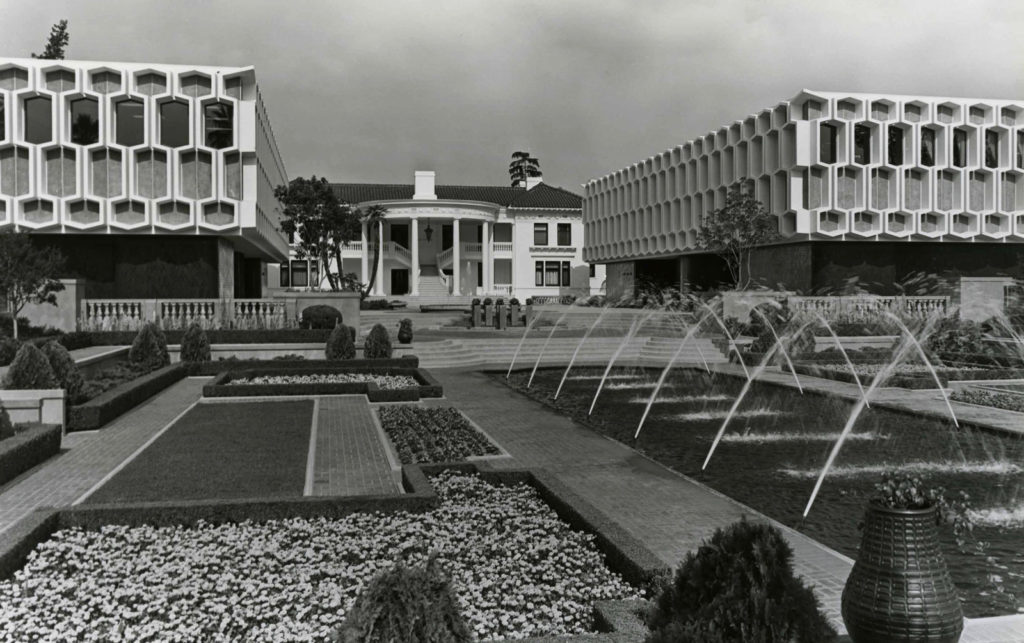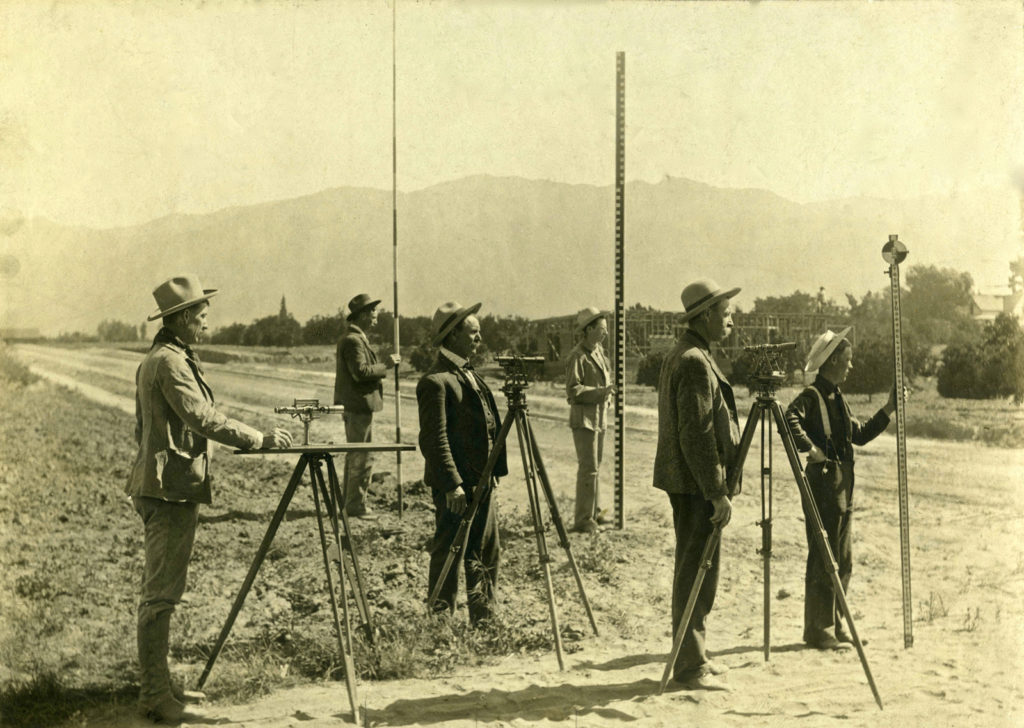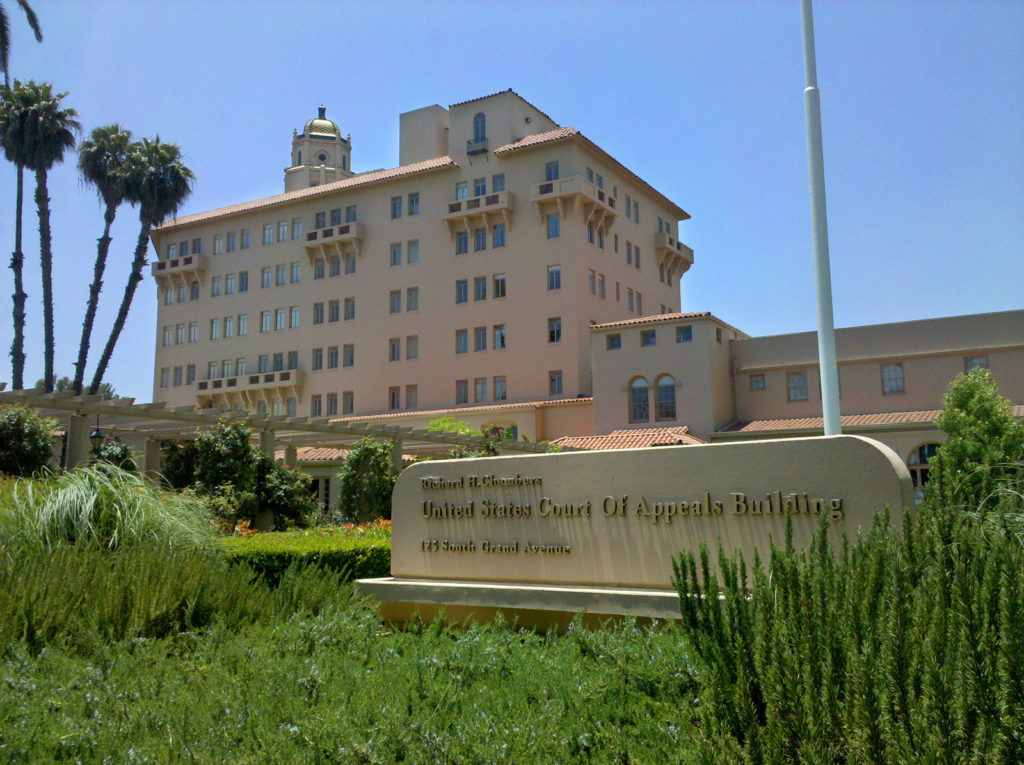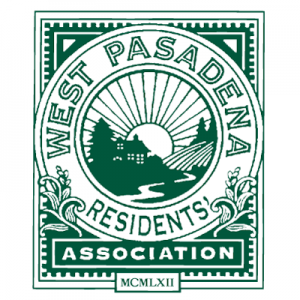1988 – The WPRA promoted San Rafael Elementary, pointing out that “diversity of the school population enables children to work on academics while becoming comfortable with people of many different cultural backgrounds,” within the WPRA Newsletter.
1992 – On the front page of the West Pasadena Residents’ Association News, the WPRA reached out to the community to encourage more volunteers to help in the classrooms.
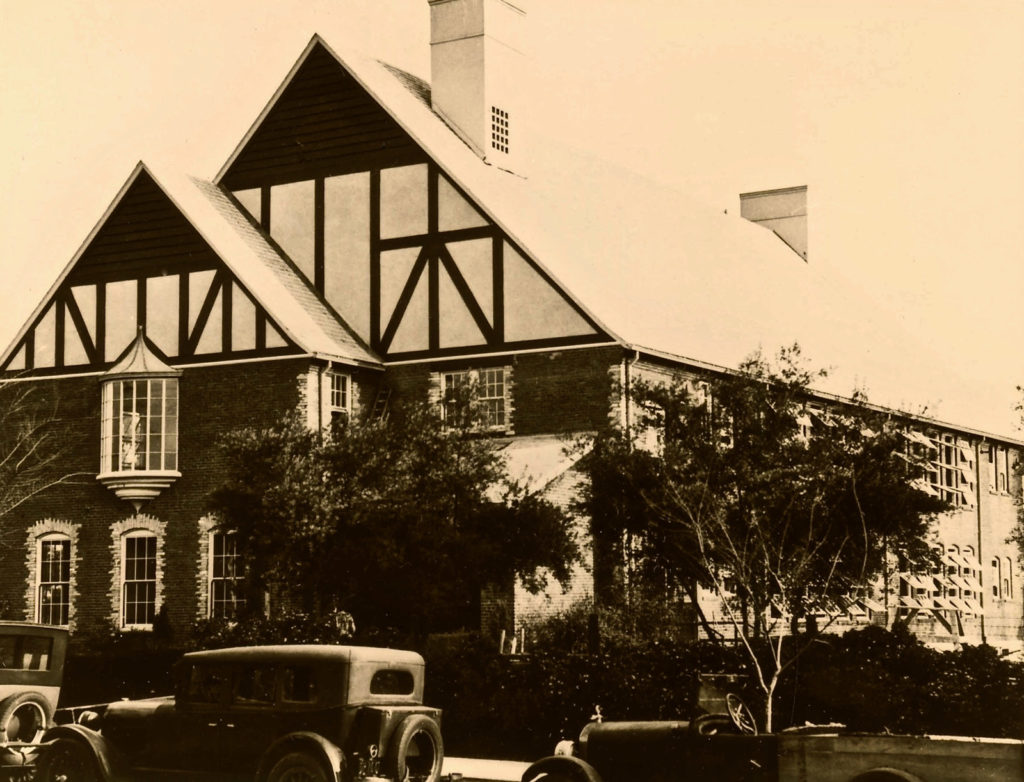
Click to enlarge.
Courtesy of the Archives at Pasadena Museum of History (S29-3)
2008 – The WPRA developed, introduced and sponsored student enrichment programs for San Rafael Elementary School.
2005 – WPRA opposed the Pasadena Unified School District’s proposal to close San Rafael Elementary School.
2011 – Opposed the Pasadena Unified School District’s proposal to close San Rafael Elementary School and the City’s attempt to relocate Fire Station 39 to the school’s playground.
2012 – Having officially “adopted” San Rafael Elementary School, WPRAstarted working with the west side community to support the means to save it from demolition due to earthquake geophysical testing.
2013 – WPRA board members became part of the “7-11 Committee” which provided recommendations relating to future uses of the San Rafael Elementary property.
As the community desire for San Rafael Elementary enrollment rose, the WPRA maintained its support for keeping the school open beyond 2014. The proposed closing date was pushed to 2015.

2014 – Three WPRA Board members are appointed by the Pasadena Unified School District to a Surplus Property Advisory Committee to consider the future of San Rafael Elementary. In their report, the Committee recommended that the PUSD Board not declare the property surplus. The potential closure of San Rafael is delayed again to at least 2016.
2015 – In its continued efforts to save San Rafael Elementary, WPRA publically opposed the PUSD Board for voting unanimously to declare the school surplus property, easing the process of closing the school.
The WPRA pressed for a re-examination of the earthquake geology survey with trenching on the San Rafael property to confirm whether or not the suspected faults did, in fact, exist and if they were active. With a new superintendent and school board, the authorized second survey showed no active faults. The surplus property designation was removed.
2016 – WPRA continued its support of San Rafael Elementary with donations and the publication of its many successes and challenges. The school flourished.
